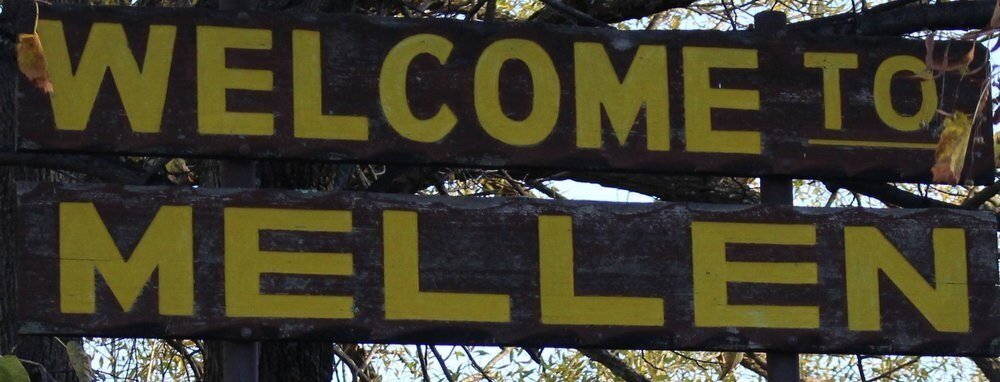Cryptid Profile: Yellow-Belly Sea Monsters
On September the 11th of 1876, two men by the names of Captain John K. Webster and James Anderson (a surgeon) were on a steamer ship known as the Nestor, when they witnessed a huge, unknown creature undulating through the waters of the Strait of Malacca (located off the coast of Malaysia). The men watched the creature move around the steamer ship for nearly thirty minutes and documented its appearance before it swam out of sight.
The creature was described as being between 60 to 100ft long and shaped much like a large tadpole. It appeared to possess a flat head that was quite large and connected directly to its body (as in no neck). There were no visible fins or flippers. The skin appeared to be the color yellow, and a long black stripe was seen running lengthwise down the creatures spine, with smaller stripes branching off it and wrapping around the sides of the creature. Attached to the large flat head/body was an extremely long and quite cylindrical tail that eventually tapered off into a rounded point.
Almost nine years later on October 4th, 1885, a creature resembling the monster witnessed by the Nestor was seen off KwaZulu Natal’s north coast in South Africa. Several witnesses of the creature reported it as having yellow skin, black stripes, and being around 90ft long. Only this time, fins were reported on each side of the creature. They were said to occasionally break the surface and slap against the water as they re-submerged.
In 1965, Belgian-French scientist, explorer, researcher, writer, and the “Father of Cryptozoology”, Bernard Heuvelmans categorized this large, unknown tadepole-like creature under the name Yellow-Belly. This categorization is used to describe all tadpole-like sea monsters that have been sighted in the past as well as those spotted in the future. Expanding on his newly formed category of aquatic anomalies, Heuvelmans stated that he personally believed the creature(s) responsible for the Yellow-Belly sightings were either an unknown type of shark or possibly an amphibian.
The most famous Yellow-Belly sighting would take place on December 12th, 1964 in Stonehaven Bay near Hook Island, Queensland. While wrecked on the Great Barrier Reef, Robert Le Serrec and his family, as well as family friend Henk de Jong, decided to spend three months on Hook Island. As they were crossing the Bay one day, Robert’s wife spotted a huge tadpole-like creature resting on the sandy bottom that was reported as measuring nearly 80ft long. Originally thought to be dead due to a large white wound visible on its body (the likely result of a large ship propeller), the creature eventually opened its mouth and proceeded to move towards the small motorboat. The creature appeared to be covered in smooth dark skin with brown stripes wrapping around its body. No fins were visible anywhere and the creature appeared to lack teeth. The eyes were positioned on top of the head and the pupils were slit-shaped. Fearing that the creature may suddenly become aggressive, the family made their way out of the bay. As they proceeded towards shore, the large creature exited the bay and returned to the open ocean never to be seen again.
Theories as to the identity of the Yellow-Belly / Hook Island Sea Monster (some even proposed by biologist, writer, and cryptozoologist Ivan T. Sanderson) ranged from discarded plastic bags left by the US Navy, a deflated skyhook balloon entangled in weeds, plastic sheeting weighed down by sand (Heuvelmans favorite theory), or rolls of cloth that have been tied together in a serpent shape and used as a hoax. Other theories claim the monster was actually a tightly bunched fish shoal, or possibly a giant swamp eel of some sort (this theory proposed by Sanderson).
Whatever the Hook Island Yellow-Belly was, the photographic evidence and “true” story are still highly debated to this very day.
-The Pine Barrens Institute
*Image Credit: https://pristichampsus.deviantart.com/art/Know-your-Sea-Serpents-153453210
Do you have a strange tale, family legend, or odd sighting you would like to report? Get in touch with us here to share what you know!
Want more monster stories in your life? If the answer is yes, then make sure to check out our book ‘Monsters In Print: A Collection Of Curious Creatures Known Mostly From Newspapers’, available now from Amazon!
Make sure to also check out our shop for official PBI shirts, totes, buttons, and stickers!











